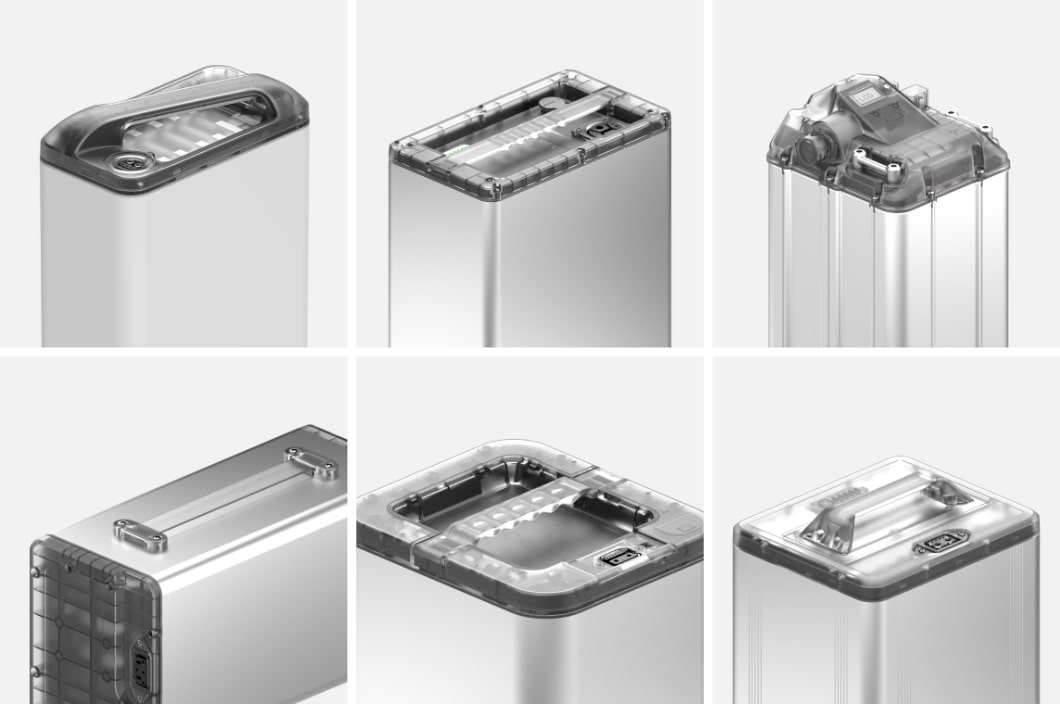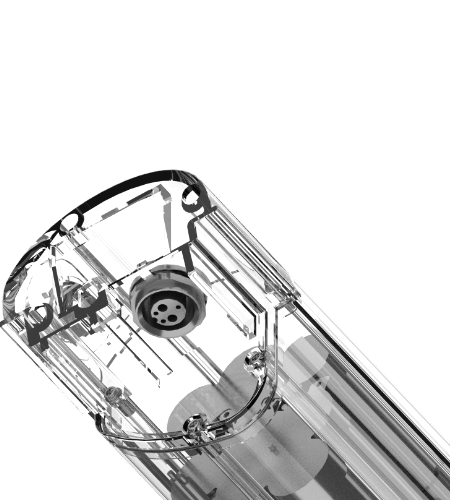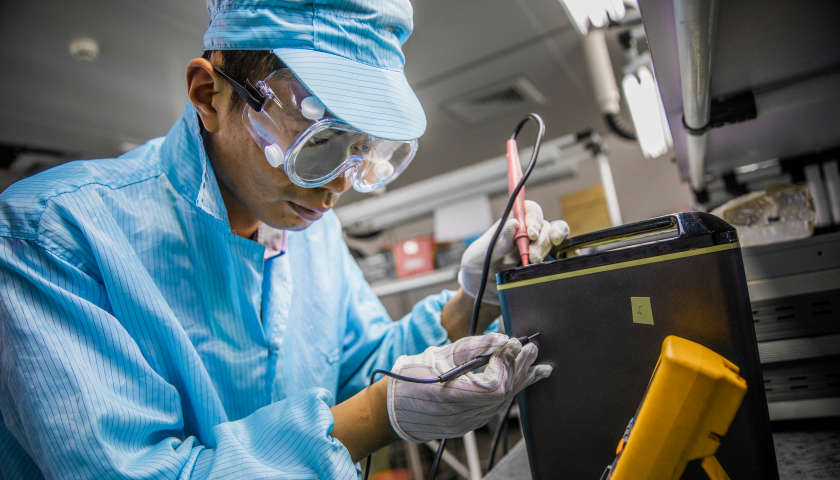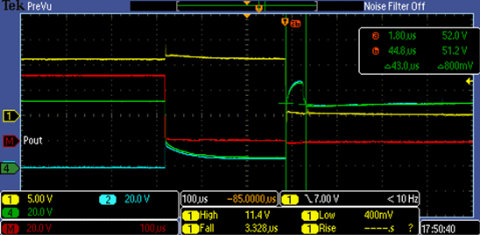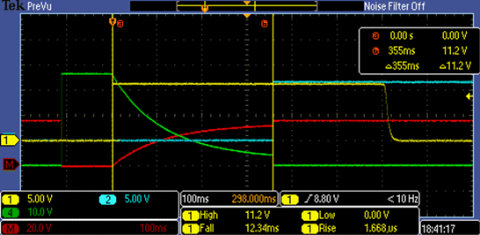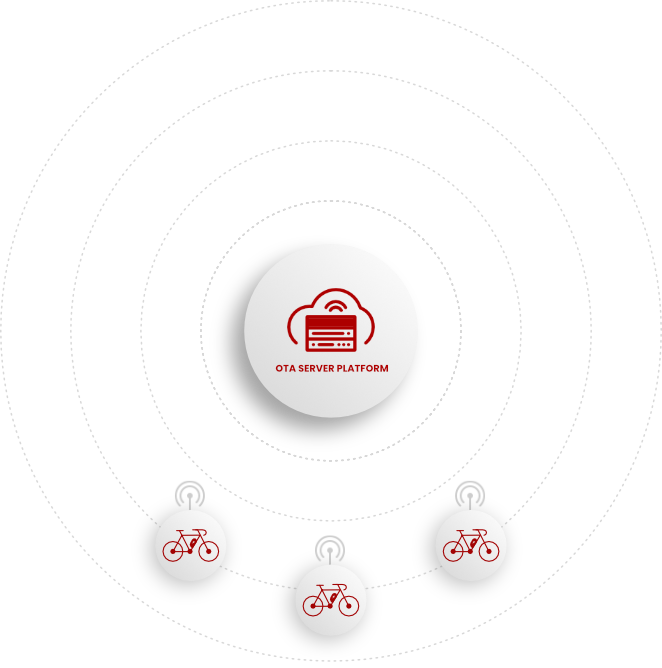THE FUNCTIONAL SAFETY OF BMS
the functional safety of the BMS is the last line of defense
Safety is always the primary concern when it comes to batteries. Any small flaws in design or execution may compromise the battery and lead to a dire consequences. Designing a safe battery demands an all-out effort from every process, but the functional safety of the BMS is the last line of defense.
The functional safety of Kais BMS is achieved through four interlocking puzzles, a methodically designed system with multiple layers of logic components to hold each other in check. Secondary and tertiary fail-safe mechanisms to prevent and eliminate incident escalation, thoughtfully placed sensors to monitor the real-time status of the battery, and scrupulously tested components sourced from top tier suppliers.

